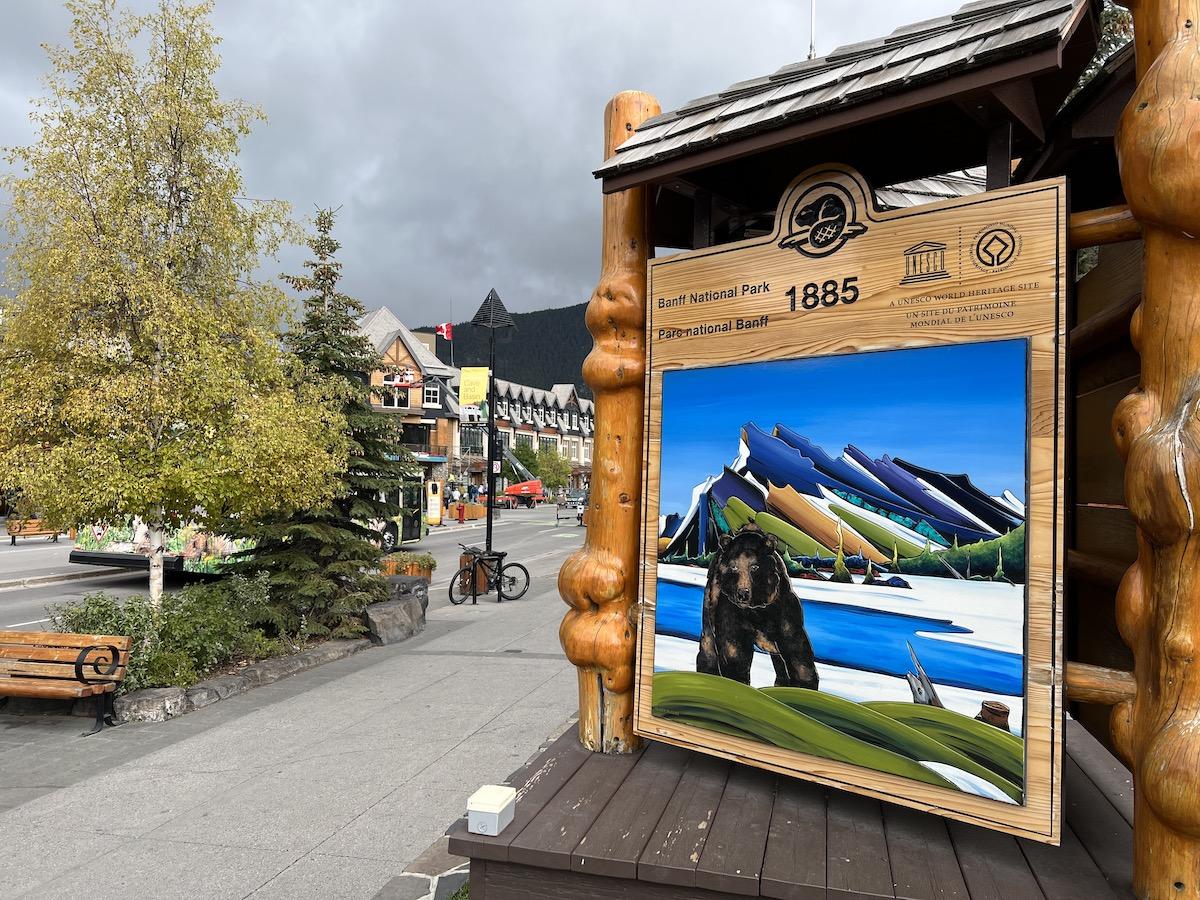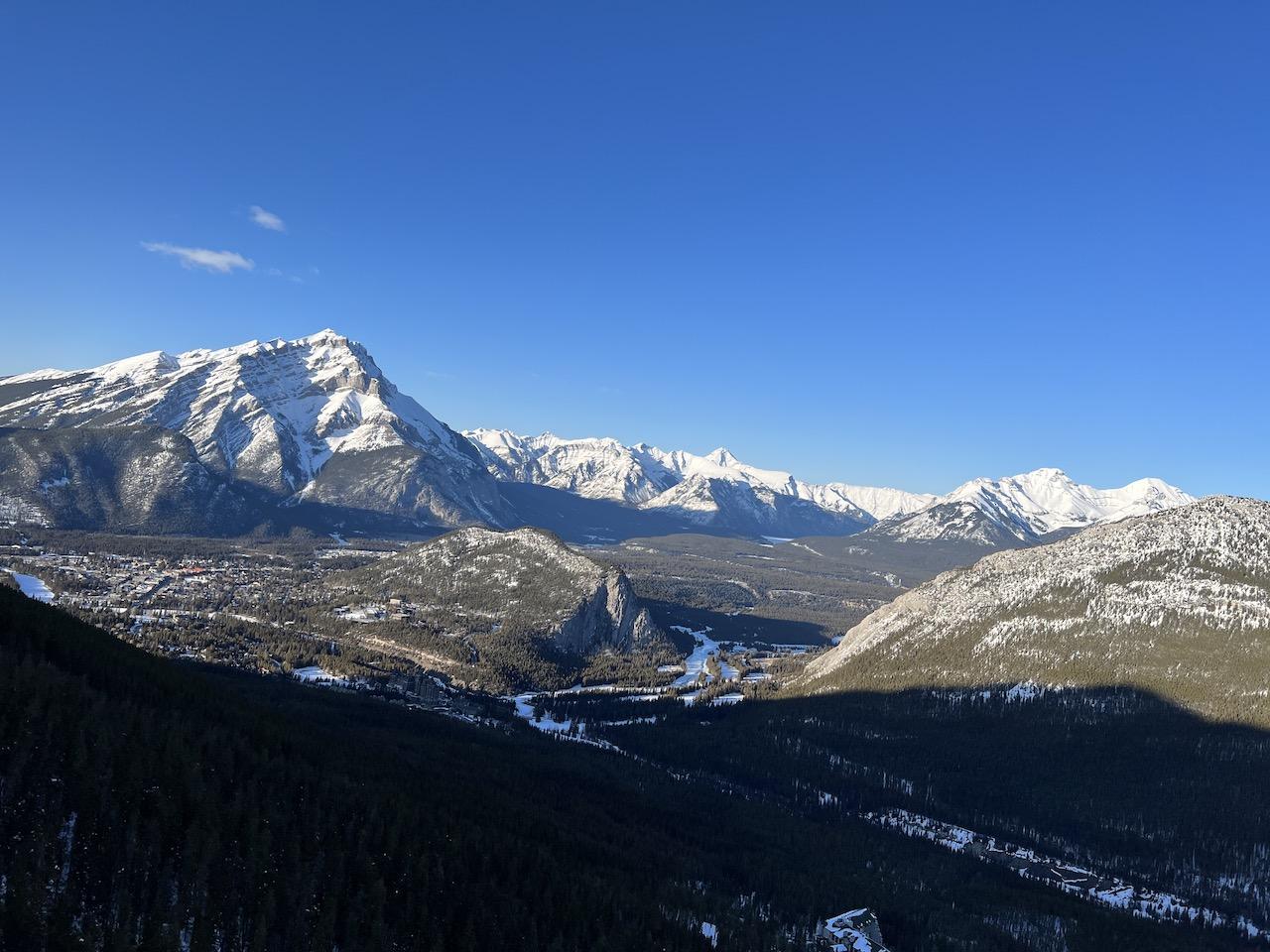
Banff National Park is Canada's oldest and busiest national park/Jennifer Bain
The grizzly bear that killed two backcountry campers in Banff National Park was an older female with less than normal body fat for this time of year.
Parks Canada conducted a necropsy on the bear that showed it was a non-lactating older female — estimated to be more than 25 years old — in fair body condition. But her teeth were in poor condition and she had less than normal body fat for this time of year.
DNA samples from the bear have been sent to the lab to confirm that it was the animal responsible for the attack. Updated results from these studies will only be provided if they differ from the information shared to date.
“The incident happened in a remote wilderness location and there were no witnesses,” Parks Canada said in a statement. “We will never know the full details of what led to the attack and will not speculate. This incident is a tragedy, and our sincere condolences go out to the families of the victims.”
Parks Canada received an alert from an inReach/GPS device in the Red Deer River Valley west of Ya Ha Tinda Ranch around 8 p.m. on Sept. 29 indicating a bear attack. A Wildlife Human Attack Response Team was immediately mobilized, but had to race to the scene by ground as weather prevented them from using a helicopter.
At 1 a.m. on Sept. 30, they discovered the bodies of two people. They also encountered a grizzly “displaying aggressive behaviour” that charged them and so they euthanized it.
The couple — identified by family as Doug Inglis and Jenny Gusse, both 62 of Lethbridge, Alberta — was on a backcountry hiking and camping trip and had the appropriate permits. They were also traveling with their dog, a female border collie, and she was found dead at the site. Two cans of bear spray were found at the scene and the couple’s food had been hung appropriately. A relative told the Calgary Herald that the attack began when the couple was in their tent poring over e-readers. The tent was crushed, the e-readers were found open and the couple was found in their stocking feet.
At the time of the incident, there was no active bear warning or area closure in place, and the the individuals were in a permitted area. This tragedy happened in a remote backcountry region which isn't accessible by road and is several hours from the Banff townsite.
The Banff Wildlife Human Attack Response (WHAR) Team is made up of experienced and specially trained Parks Canada team members who respond to wildlife attacks that may occur within the park. All team members receive advanced training and certification in firearms and WHAR techniques including wildlife attack site investigation and forensics.

A view of the Banff townsite in Alberta's Banff National Park/Jennifer Bain
The bear was not collared or tagged and was not previously known to Parks Canada staff.
Parks Canada doesn’t believe another bear was involved. However, out of an abundance of caution an area closure has been put in place until further notice around the attack area — including the Red Deer and Panther valleys, from Snow Creek Summit east to the park boundary, and north to Shale Pass.
Bear attacks are rare occurrences, Parks Canada said, and fatal bear attacks are even less frequent. Over the last decade, there have been three recorded non-fatal, contact encounters with grizzly bears in Banff, all because of surprise encounters. This incident is the first grizzly bear caused fatality recorded in Banff in decades.
Earlier in September, two grizzlies (possibly a mother and cub) followed a guided group of 13 hikers down a trail in the park for 20 minutes and even made a few bluff charges at the group. That happened along Consolation Lake Trail near Moraine Lake. The bears stayed within 10 to 20 metres (32 to 64 feet) of the hikers.
Banff is home to both grizzly and black bears and they are active this time of year as they prepare for hibernation. When visiting any mountain national park, visitors must be prepared for encounters with wildlife. The Parks Canada website provides information about bear safety.
Banff — Canada's oldest and most popular national park — says it's safe to visit but natural hazards are a part of the park experience, sometimes incidents can occur, and visitors can reduce the impact of an unfortunate circumstance by being well informed and well prepared.


